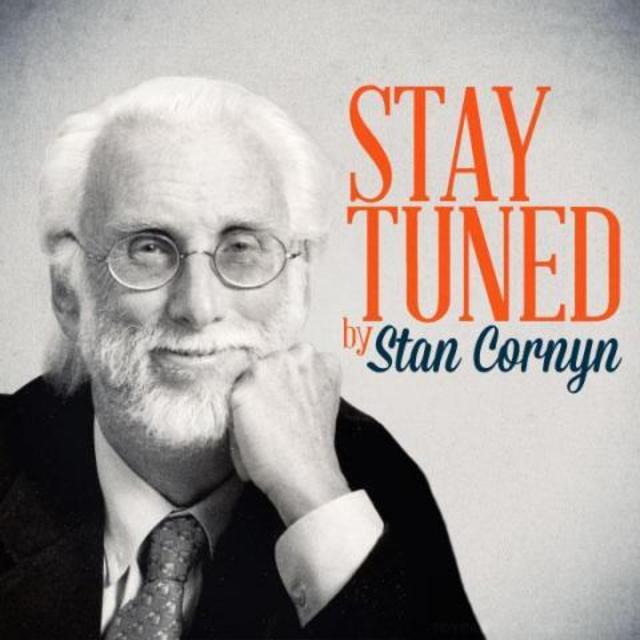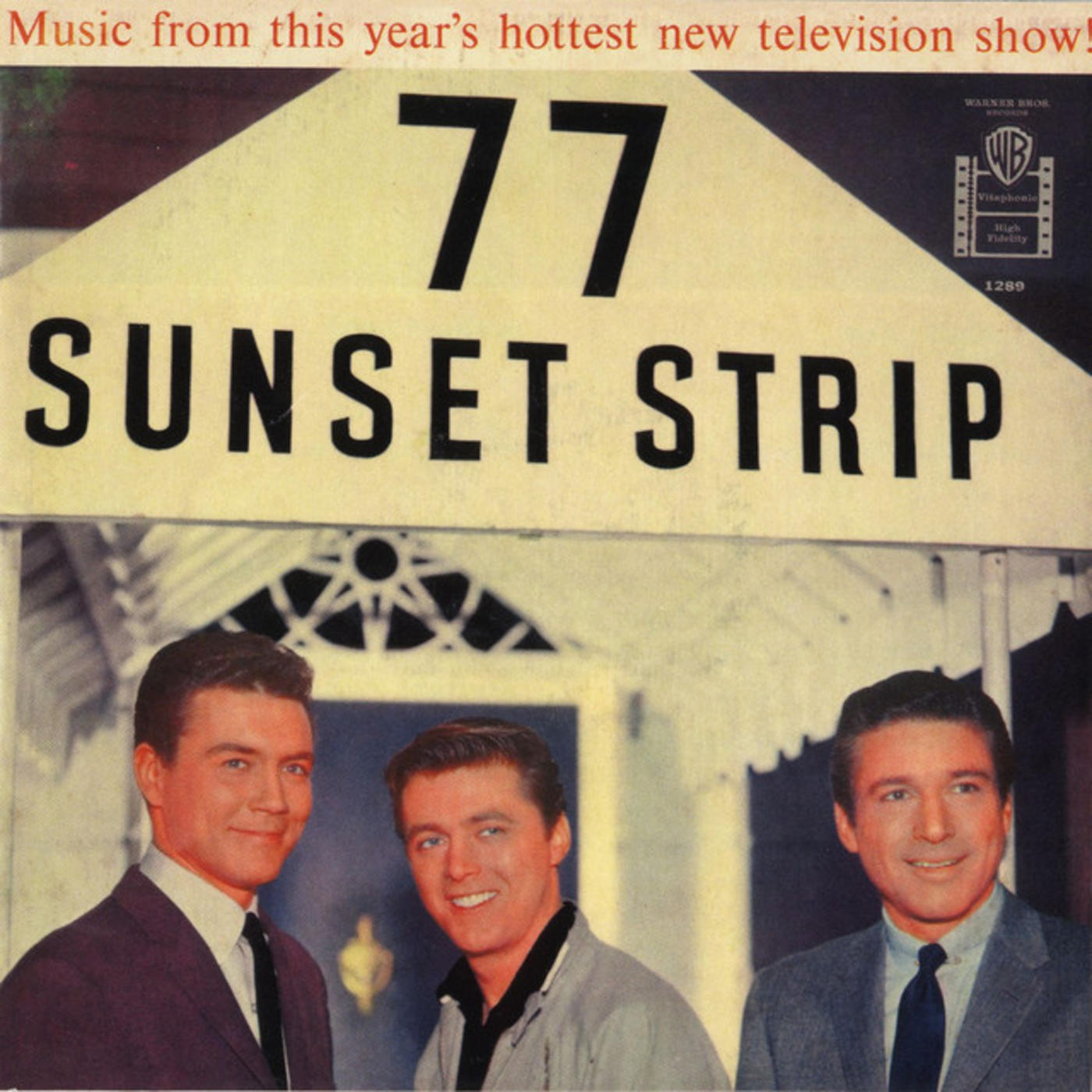Stay Tuned By Stan Cornyn: How Kookie Can You Get

Every Tuesday and Thursday, former Warner Bros. Records executive and industry insider Stan Cornyn ruminates on the past, present, and future of the music business.
1959
The full soundtrack album for “77 Sunset Strip” became WBR’s first LP best-seller, the label’s only album to chart in all of 1959. It made it up to #3 on the charts.
However, listeners to this LP heard no TV stars. Those series’ stars were present only on the album’s cover. The audio inside: big band swing put together under Warren Barker’s studio orchestra, arrangements by Don Ralke (especially the title song/single) with songs like Caper at the Coffee House, Sunset Strip Cha Cha, and The Stu Bailey Blues.
Most attractive was the single that made this album so hot-hot-hot: a 45 called, simply, “77 Sunset Strip.”
Result of having a best-seller like this: The question becomes “How to cash in more?” The title song, “77 Sunset Strip,” had been a chart buster, something Warner Bros. Records pretended to take calmly, except, of course, down the hall in accounting. But what next..?
Young fans (those noisy-rock-record-buying-type kids) had mass-idolized one of the show’s performers, Edd Byrnes, who played the show’s valet car parker. His character was named “Kookie.” He talked that way.
The series’ big stars started out much bigger than Byrnes; they were Roger Smith and Efrem Zimbalist, Jr. Both now played Hollywood private detectives. But valet parker Kookie spoke hip, referring to good things as “the ginchiest.” He hung around to “stable the horses” (park cars) to get a “Washington” (a dollar).
More important: Kookie had greased-down hair that he always seemed to comb oh-so-slooowly, first on right camera side, then on left. Watching this made teen girls shiver. Teen boys across America yearned to be a Kookie, too. Kookie (not Byrnes) was getting over 2000 fan letters a week.
Watch a bit of Kookie and Efrem Zimbalist in a scene from “77 Sunset Strip."
At Warner Bros. Records little building (3701 Warner Blvd.), the label execs asked, “Hey, how about a “Kookie” single?” Who can say “no” to that?
Just one problem. Edd Brynes could not sing.
But a Kookie single became deeply craved at Warner Bros. Records. Label head Jim Conkling and WBR’s head of A&R (“artists and repertoire”) George Avalkian signed Byrnes to the label. They commissioned a song (“Kookie, Kookie, Lend Me Your Comb”) from zany composer Irving Taylor, who had created previous albums for WBR titled “Terribly Sophisticated Songs: A Collection of Unpopular Songs,” “Garbage Collector in Beverly Hills,” and “Drink Along with Irving.”
For the sake of melody, WBR also hired WBTV star Connie Stevens to co-vocalize on the single. She did most of the singing, but she talked, too. As the song title said, she begged for his comb:
EDD: What’s with this comb caper, baby?
Why do you wanna latch up with my comb?
CONNIE: I just want you to stop combing your hair and kiss me.
You’re the maximum utmost.
For this, Connie Stevens earned 1% royalty.
The record session itself was fatiguing. To get this single down on audio tape, in stereo, while the band played, composer Taylor eventually stood next to Brynes, whispering the lyrics in his right ear to get Byrnes’ speech to work with the beat. On Byrnes’ other (left) side stood producer Karl Engemann, beating Edd’s shoulder with one hand (right) and snapping his fingers with the other, so Edd could feel the beat. (On the final record, that finger popping can be heard.) Into her mike, Connie Stevens sang the song’s plea, supporting Bynes as he spoke hip phrases, like “piling up the Zs,” “keep the eyeball rolling” (watch), and “play like a pigeon” (deliver a message).
As a single, “Kookie” charted up to #5. Warner Bros. Records felt slight relief. That relief, however, was not to last.
Turning all his TV stars into record stars proved near impossible for Jack’s new label. WBR kept losing money at this, too, and Jack Warner’s patience grew even more thin.
Jim Conkling’s business plan was hardly proving ginchy. At Conkling’s weekly studio lunches with Warner and other studio executives, Jim needed to smile at their questions, needed to promise “soon.” That word would soon get tiresome, however.
Time to turn elsewhere? For the Warner label, yes. For Warner Studio’s budget?
Absolutely.
•••••••••
Where Are They Now:
Edd Byrnes – Retired. He wrote his autobiography, “Kookie No More,” TV Guide ranked him at #5 in its list of “TV’s Greatest Teen Idols” in 2005. But his career had peaked decades earlier.
Connie Stevens – After two marriages, the second to Eddie Fisher, and two divorces, she remains (now in her 70s) active in the side yards of show business, like the Screen Actors’ Guild. Her star is at 6249 Hollywood Blvd., but also has sidewalk stars in Palm Springs and Toronto. She has homes in Palm Springs, Beverly Hills, and New York.
Jack L. Warner – After retiring from his studio in 1969, he dabbled in production off the lot, but didn’t push much before the public. Four years later, his behavior became disoriented (blind and feeble from a stroke), and in 1978, he left behind an estate of $15 million. His star is at 6541 Hollywood Blvd.
Irving Taylor – Died Dec. 3, 1983, age 69. In the 1960s, Taylor graduated from composing silly songs for WBR to composing silly songs for TV’s “Bob Newhart Show,” “Dean Martin Show,” and “Jonathan Winters Show,” then retired to Westlake Village, in California.
Don Ralke – Died January 26, 2000. He became an expert at working with non-singers, or as they are called, “Golden Throats Talent.”
Karl Engemann – After his brief career as the “junior” singles producer at WBR, he moved on in the music business, most notably as Marie Osmond’s manager for over 30 years.

